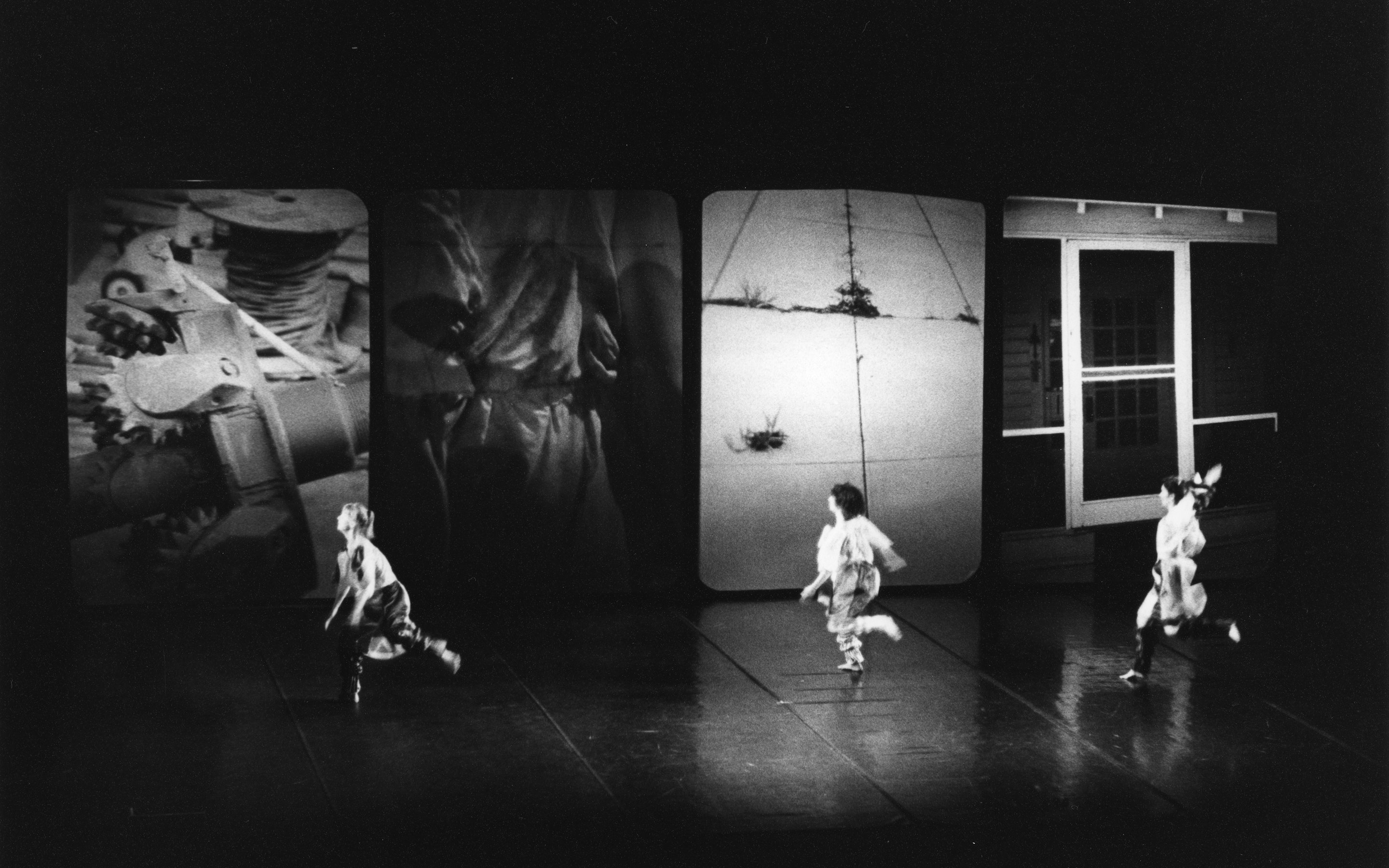
This year marks the 100th anniversary of the birth of American artist Robert Rauschenberg. The Walker Art Center in the United States recently launched a special exhibition "Trisha Brown and Robert Rauschenberg: Glacial Bait", which reproduces the landmark work "Glacier Bait" co-created by American choreographer Trisha Brown and Rauschenberg in 1979. The exhibition pays tribute to this classic work through the original stage sets and costumes designed by Rauschenberg, as well as related prints, archival materials and historical performance images.
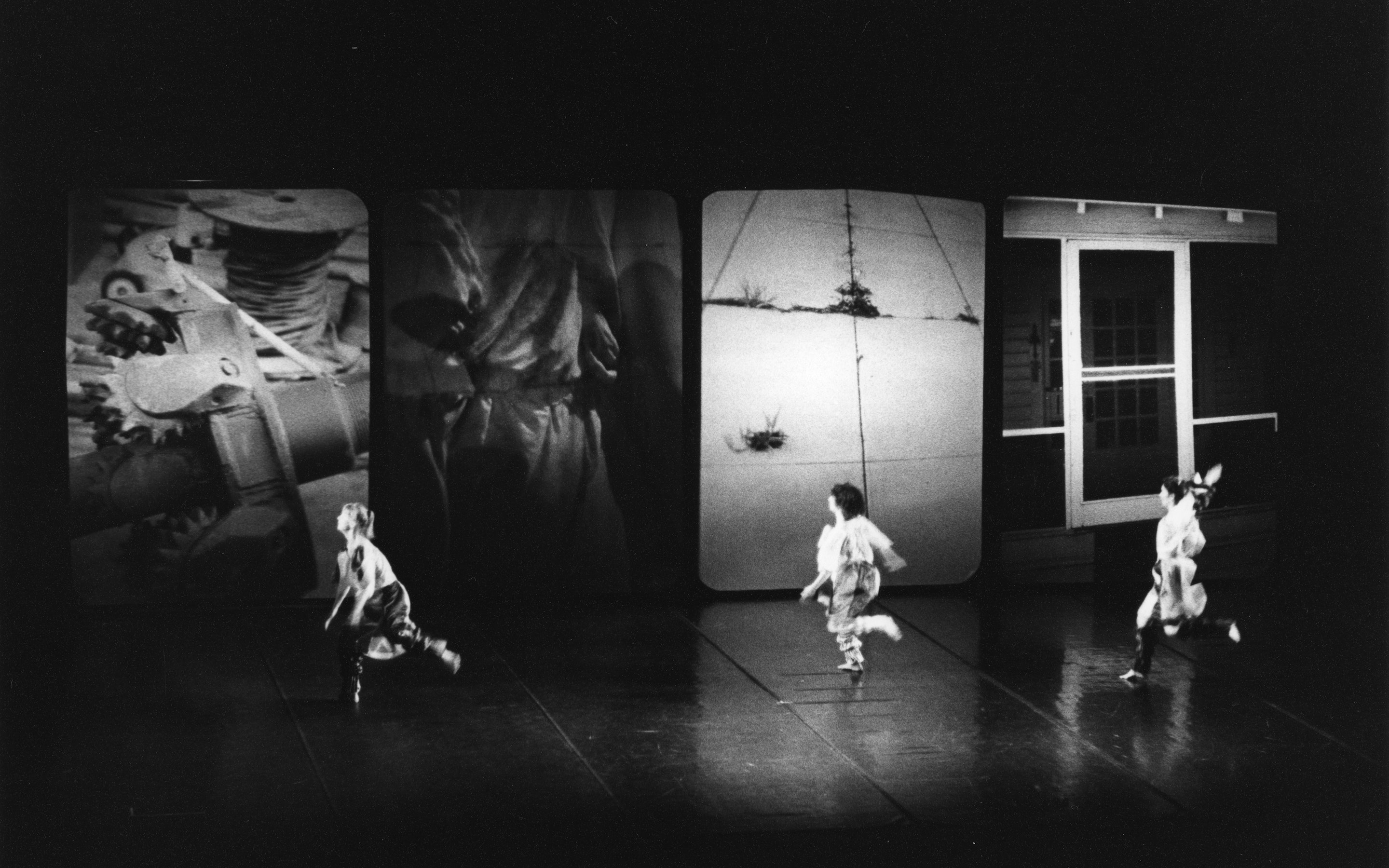
Trisha Brown Dance Company performing Glacial Decoy, 1979. Photo: Boyd Hagen. Image source: walkerart (Walker Art Center)
A rope tied to a tree; a worn-out armchair; cows behind a barbed wire fence; the lapping of the tide.
During a performance of Glacier Bait, a 1979 dance work by the avant-garde American postmodernist choreographer Trisha Brown (1936-2017), black-and-white photographs of these objects were projected onto four rectangular screens at the back of the stage.
Each image remains for only a few seconds, and with the click of the slide projector they shift—rearranged into new combinations or replaced by new images: a close-up of a bicycle mirror, a neon sign, or a dog.
Trisha Brown's work breaks the limitations of traditional stage, integrating architecture, images and improvisation, redefining the boundaries of modern dance.
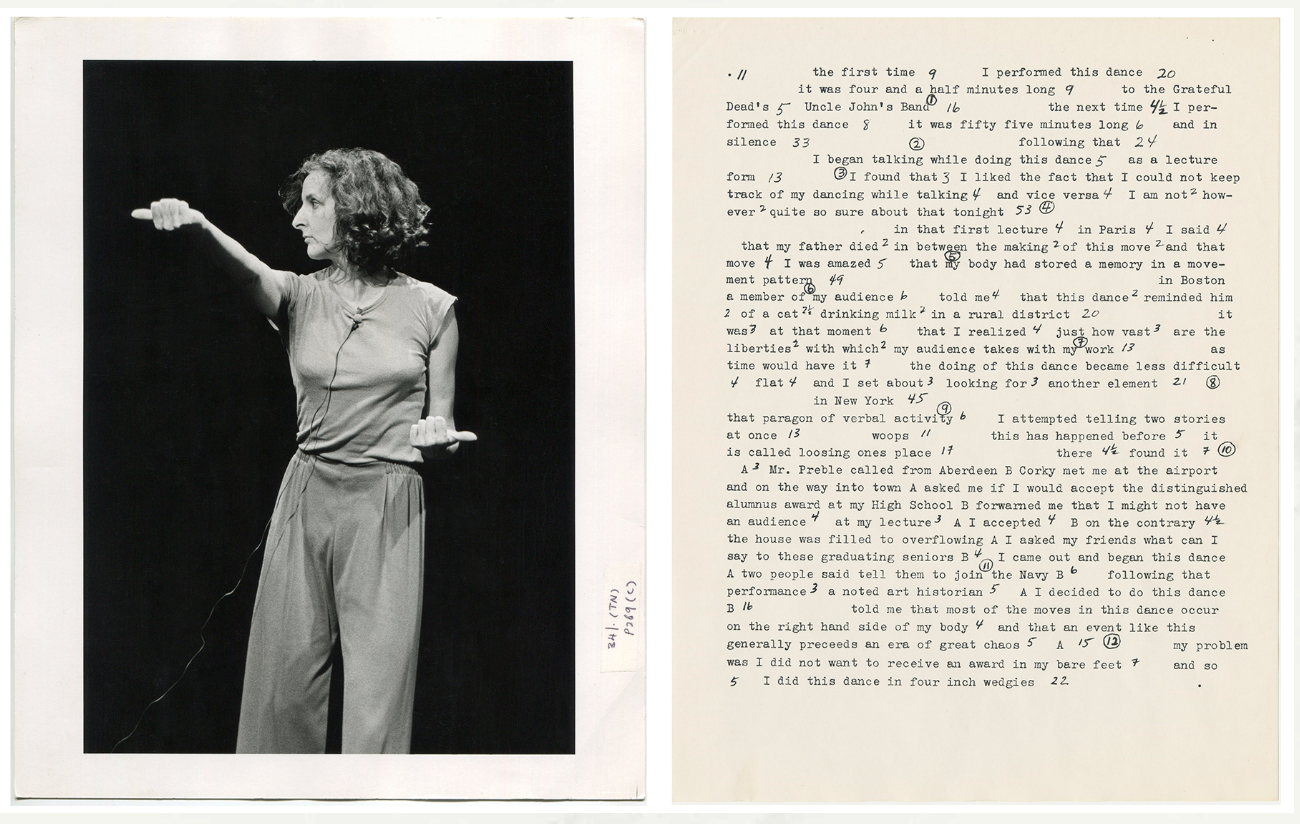
Trisha Brown performing Accumulation with Talking (1973) Trisha Brown Archives at the New York Public Library
Trisha Brown (1936-2017) is one of the important representatives of postmodern dance in the United States. She has created hundreds of modern dance works in her more than 50 years of artistic career. She abandoned the traditional curved stage, complicated scenery and gorgeous costumes, and turned to the minimalist aesthetics of "anti-performance", creating a new language of postmodern dance. Her works are known for their experimentalism, anti-traditionalism and exploration of the possibilities of body movement. She emphasizes the natural relaxation of the body, rather than the tight control of traditional dance, making the movements freer and smoother. Early works refused to use music, stage scenery and gorgeous costumes, focusing on pure body movements. In the works of the 1960s and 1970s, ropes, pulleys and other equipment were often used to allow dancers to perform in non-traditional spaces such as walls and roofs.
Dancers danced on twelve rooftops in SoHo in 1971 during the Rooftop Works dance.
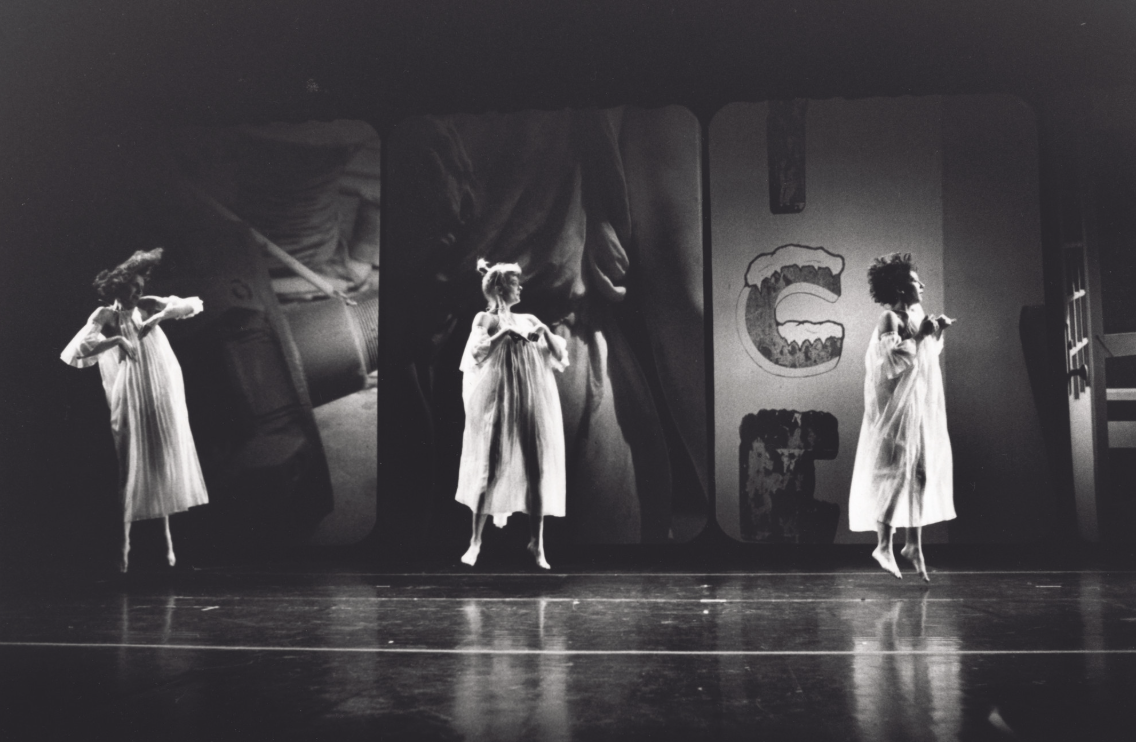
Ice Bait, 1979Photo credit: Robert Rauschenberg: Among Friends at MOMA
It can be said that Glacier Bait in 1979 was a turning point in her artistic career - the first collaboration with Robert Rauschenberg. Rauschenberg made 620 black-and-white photos into slides and projected them on a large screen across the back of the stage. Four dancers dressed in translucent white skirts slid at an angle to simulate the movement of glaciers, creating a visual illusion of being pushed and pulled off the stage. It was hailed as her most "dance-sense" masterpiece. The stage design of Set and Reset, choreographed in 1983, was also designed by Robert Rauschenberg and became an important work of postmodern dance.
The dancers wore long, transparent white nightgowns, which seemed to be a subtle protest against the classical dance history of women wearing white dance skirts to dance "Swan Lake" and "Giselle".
Trisha has won almost all the awards that contemporary choreographers can get. In 1991, she became the first female choreographer to receive the MacArthur Genius Award, the highest cross-field award in the United States. In 2003, she received the National Medal of Arts in the United States in recognition of her revolutionary contribution to American art as a "pioneer of postmodern dance." Her works redefined the boundaries of dance. Although Brown passed away in 2017, the Trisha Brown Dance Company continues to perform her classic works, tour around the world, and carry out educational work.
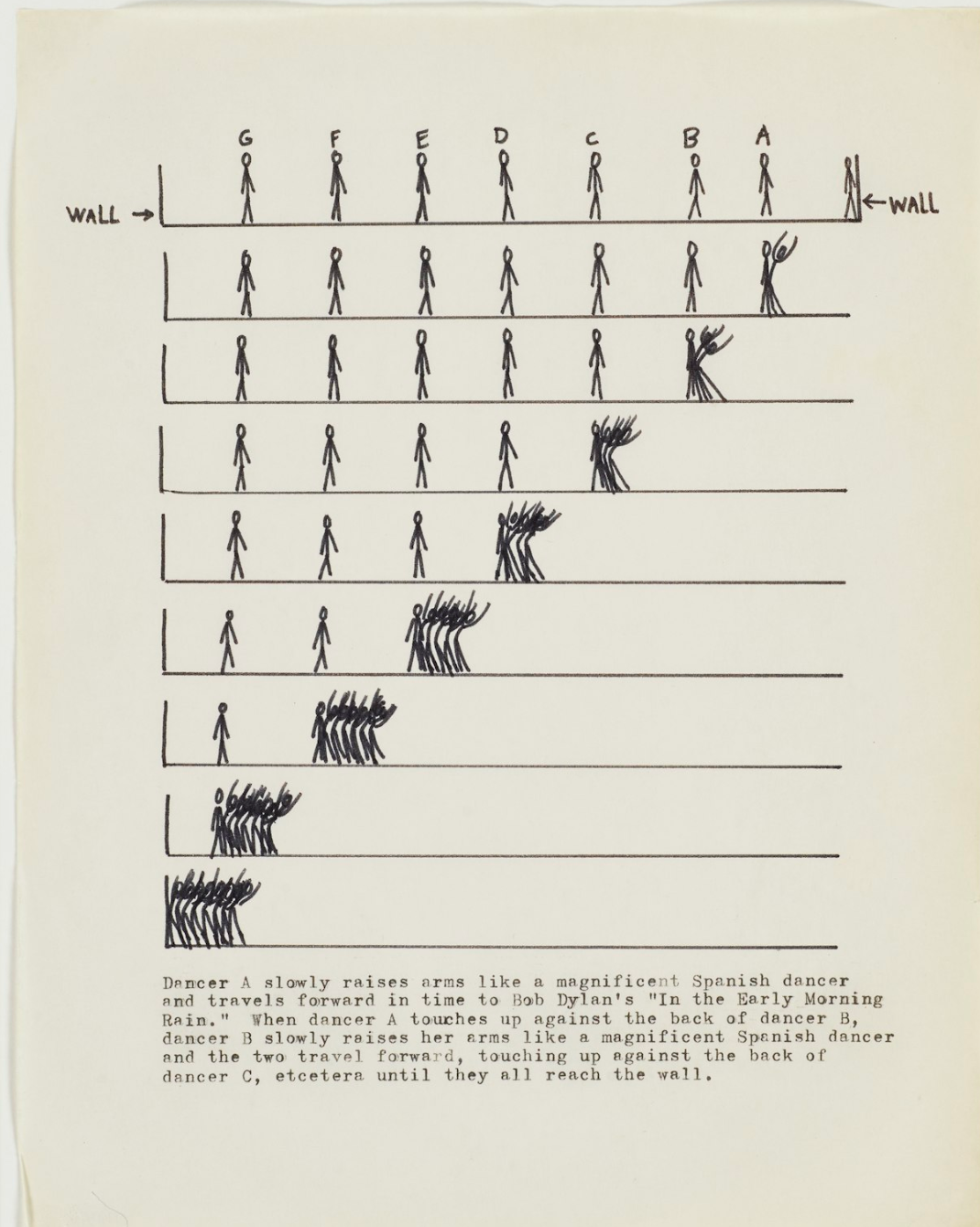
Theresa's manuscript (1973) Source: walkerart
It has to be said that Rauschenberg's stage background design opened up new possibilities for the integration of dance and visual art.
Robert Rauschenberg was an important partner of Trisha Brown. Painter, fashion designer, photographer were just some of his many identities. He often switched between different media, "as soon as a certain way of creating became too easy for him, he would immediately change his practice". In the early days of his career, Rauschenberg's works were often negatively evaluated by critics and audiences. While establishing himself as an abstract expressionist artist, he also challenged people's understanding of art.

Robert Rauschenberg circa 1962 Source: Rauschenberg Foundation
"Robert Rauschenberg's talent is accompanied by an innate dramatic instinct that drives him to create the boldest and most original ideas on stage," The New York Times once commented.
They began a 16-year collaboration by designing the sets and costumes for "Ice Bait".
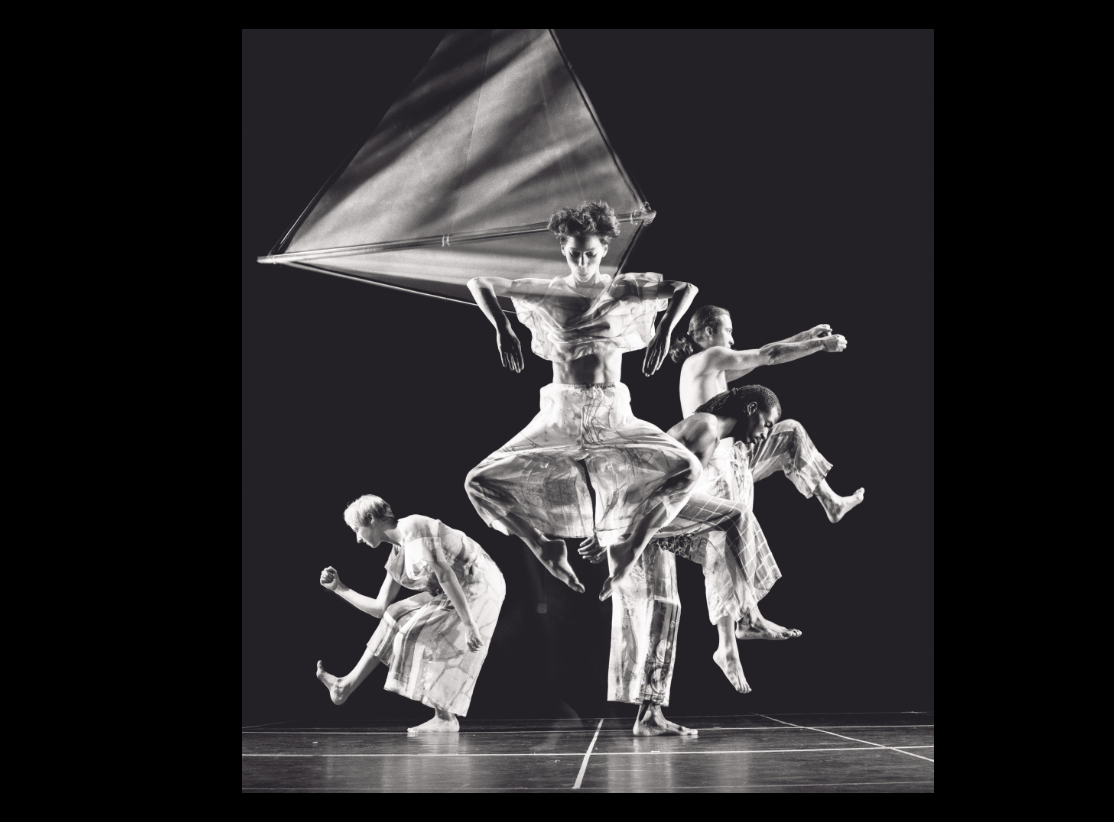
"Setting and Resetting" Image source: MOMA
"Set and Reset" was another attempt in 1983. Rauschenberg was responsible for the scenery and costumes, and the score was composed by artist Lori Anderson. Rauschenberg created a sculpture he called "Elastic Carrier" that was suspended above the dancers. It was stretched by a kind of cloth so that images could be projected onto it. These images were found materials and sounds, which he edited together to create a special effect.
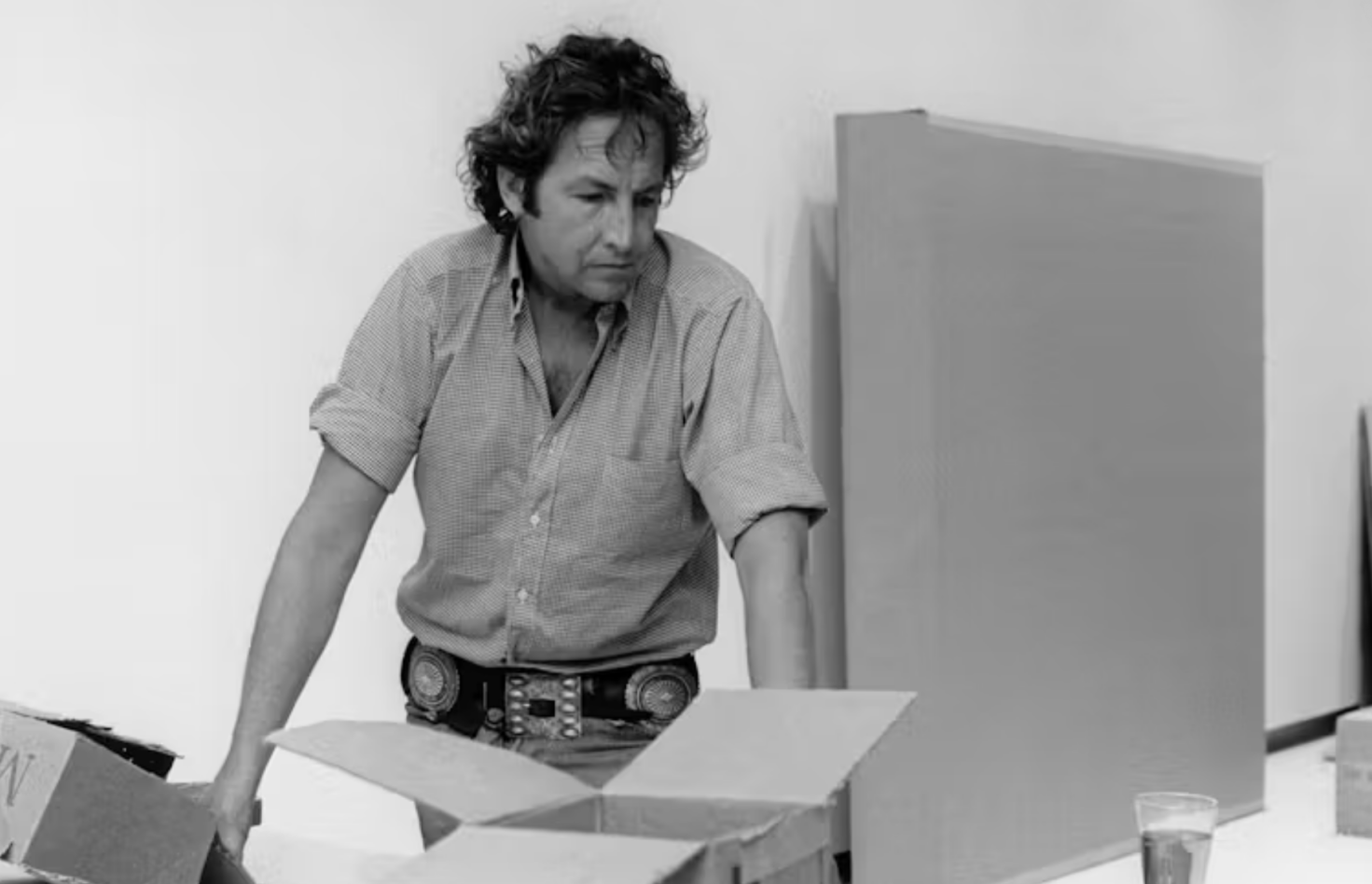
Robert Rauschenberg. Photo: Eric Sutherland, via walkerart
The collaboration on Glacier Bait rekindled Rauschenberg’s interest in photography. He subsequently created several photographic projects, including Inside and Outside the City (1979-81) and the Photon Series (1981/1991); both projects demonstrate Rauschenberg’s preference for ordinary street subjects. Since 1979, until a stroke in 2002 made it impossible for him to hold a camera, Rauschenberg’s photographic images in all media were drawn entirely from photographs.
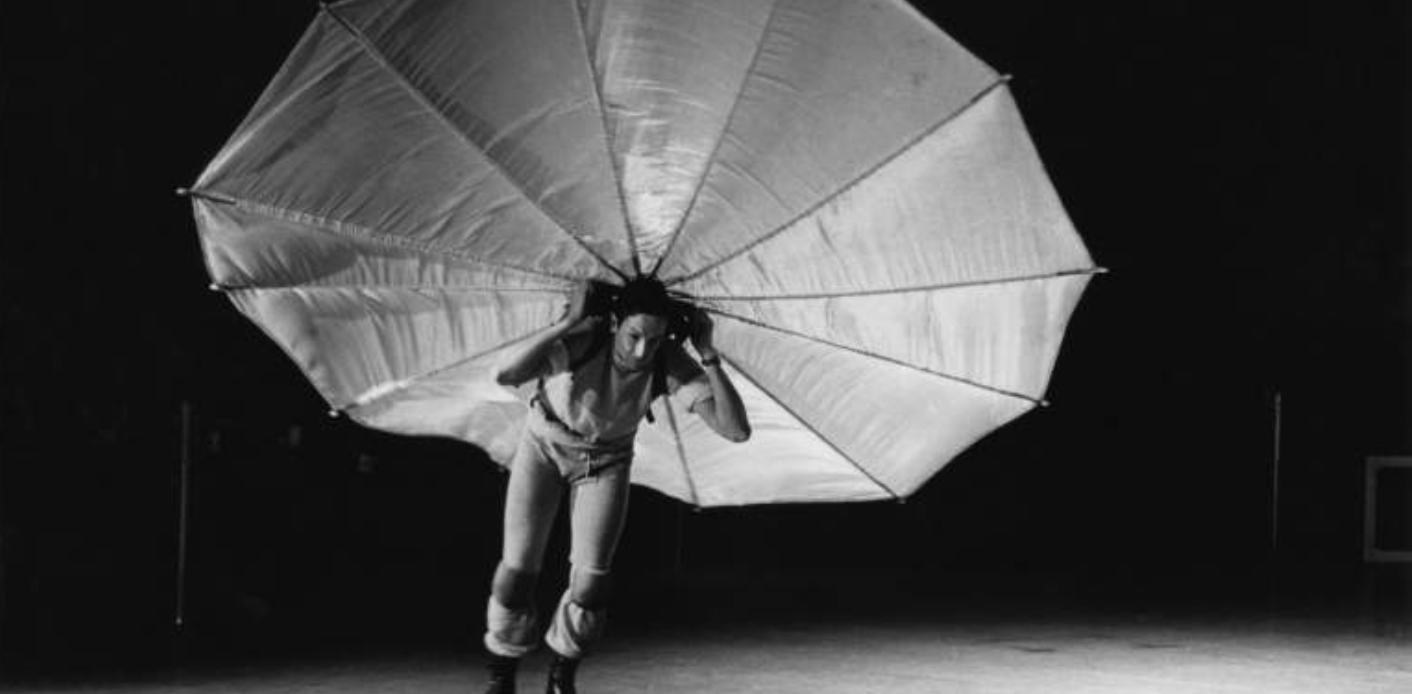
Rauschenberg performance work Pelican (1963) Source: Rauschenberg Foundation
Throughout his career, Rauschenberg not only designed sets, costumes, and lighting for Cunningham and choreographers such as Trisha Brown and Paul Taylor, but also performed and choreographed his own works. Theatrical elements were not limited to live performances, but also often appeared in his art or installation works, such as the incorporation of sound in his "Elemental Sculpture" and the incorporation of a running clock in his "Combine" to show the passage of time.
He deliberately blurred the boundaries between performance and other media, such as developing the concept of “site decoration,” a landscape produced by human activity, during a tour with choreographer Merce Cunningham.
Artistic dialogues with choreographers placed Rauschenberg at the forefront of postmodern dance. In the early 1960s, he participated in performances with New York's Judson Dance Theater (an experimental group that brought together dancers and visual artists), moving away from narrative and emphasizing pure movement - sometimes traditional dance-style movements, sometimes everyday movements, allowing untrained performers to participate. Throughout his career, Rauschenberg found that collaborating with artists from all over the world and using various media, as well as collaborating with engineers to develop works that merge art and technology, was an effective way to push the boundaries of traditional art creation.
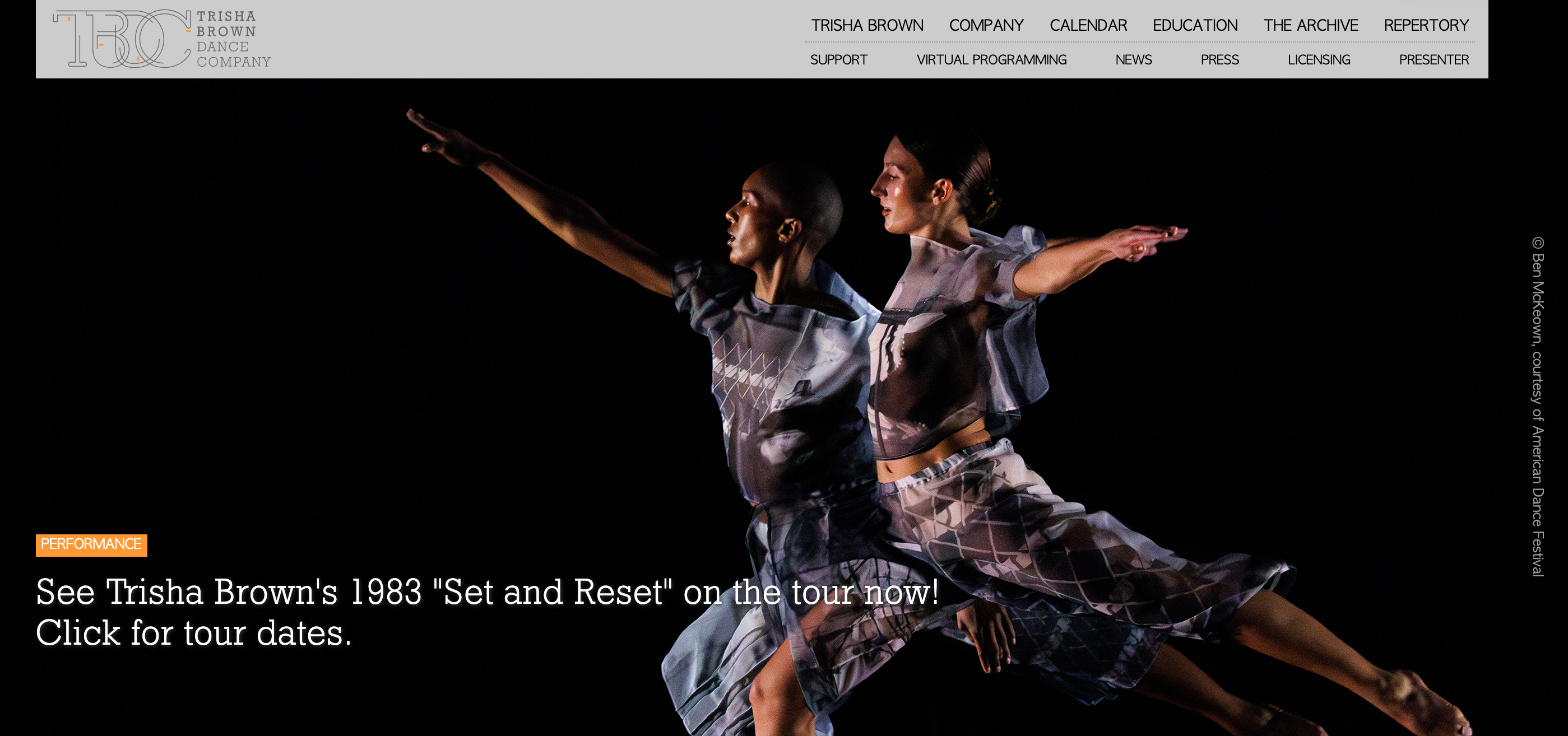
It is reported that during the exhibition, the Trisha Brown Dance Company will also be stationed at the Walker Art Center to bring live performances and other activities. The exhibition will last until May 24, 2026.
Starting in November, the work "Set and Reset" will also embark on a tour in the United States.
- DSZpAUJXh07/11/2025
- vYMRhgMkEXROi07/11/2025